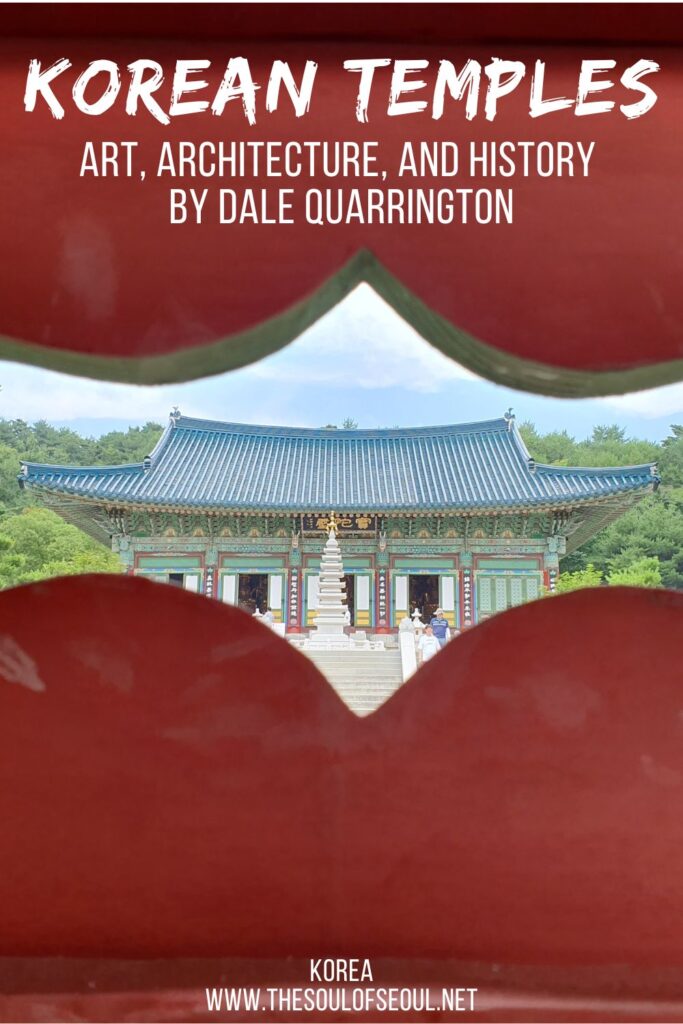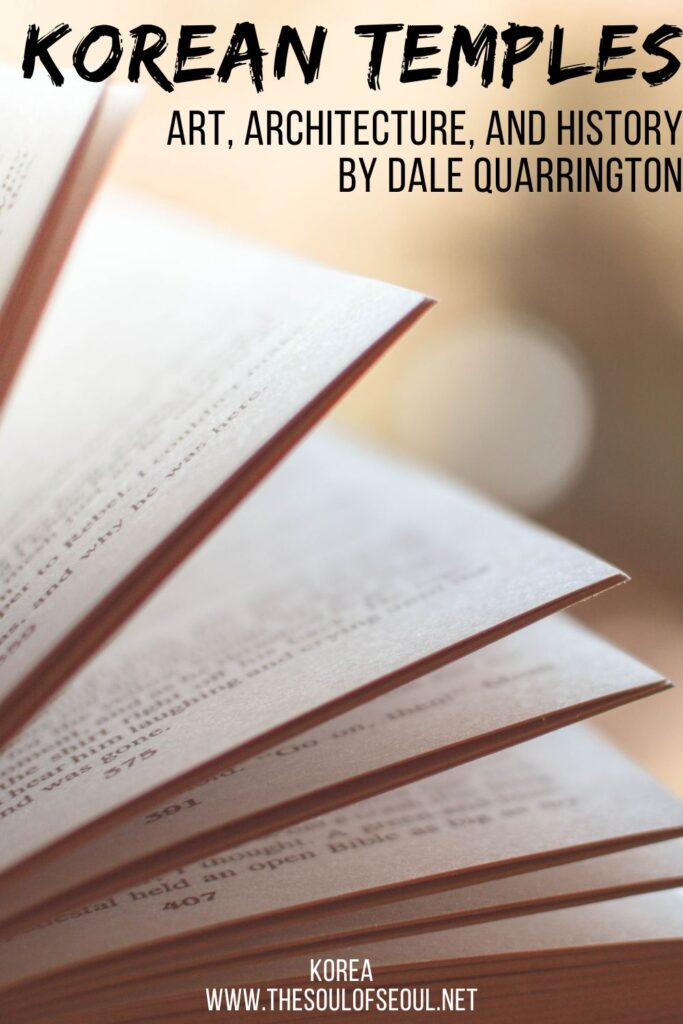Korean Temples: Art, Architecture, and History by Dale Quarrington
Last Updated on October 19, 2023
If you’ve ever wanted more information about some statue, artistic work or just the architecture of a Buddhist temple you passed along the way in Korea, chances are you stumbled upon Dale Quarrington’s website. It’s one of the few sites with such information available in English.
Dale Quarrington recently published his second book on the religious sites that have captured his curiosity and intrigue while living in South Korea. Much like his website, the book aims to provide information little known to English speaking foreigners and hopefully will give people the oomph to get up and out and see the religious relics and sites that have caught his attention.
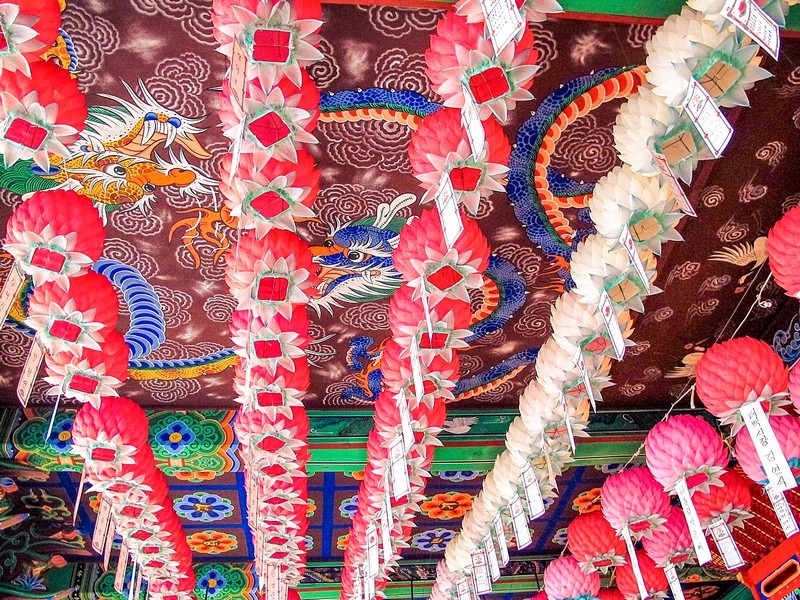
For any traveler, new or old to Korea, Korean Temples: Art, Architecture, and History is a book worth a good sit down in a cozy nook or that quiet bus to read and maybe a fascinating temple is what will lead you to plan your next adventure in the Land of the Morning Calm.
(This post contains affiliate links, which means I receive a certain percentage of a sale if you purchase after clicking at no cost to you. Thank you for your support.)
Take a read over the recent interview I had with Dale to learn more about his new book and what he’s up to here in Korea.
Can you introduce yourself a bit. Where are you from, how long have you been in Korea, what you do here?
Hello, my name is Dale Quarrington, and I’m originally from near Toronto, Ontario, Canada. I’m from a small town called Tottenham, which has a population of about 5,000 people. I originally came to Korea back in August, 2003. I’ve been living in the Busan/Gyeongsangnam-do Province area ever since. I started off working at hagwons for the first four years in Korea. Since then, I’ve been working in the Korean public school system either as an elementary or middle school teacher.
Your website and books focus on Korean Buddhism and temples, where did the original interest come from? Were you always interested those topics?
I guess my original passion for Korean Buddhism came after my first visit to Bulguksa Temple in Gyeongju in the fall of 2003. Before that, I didn’t have the slightest clue as to what religion, either historically or currently, Koreans worshipped. But what originally hooked me was the beautiful artwork, the link between Korea’s religious and historical past, as well as the vast differences and similarities between the Christianity I was raised on and what Korean Buddhism offered. Before I came to Korea, I had always found art, religion, and history to be fascinating. And at a Korean Buddhist temple, I could find all three in one place.
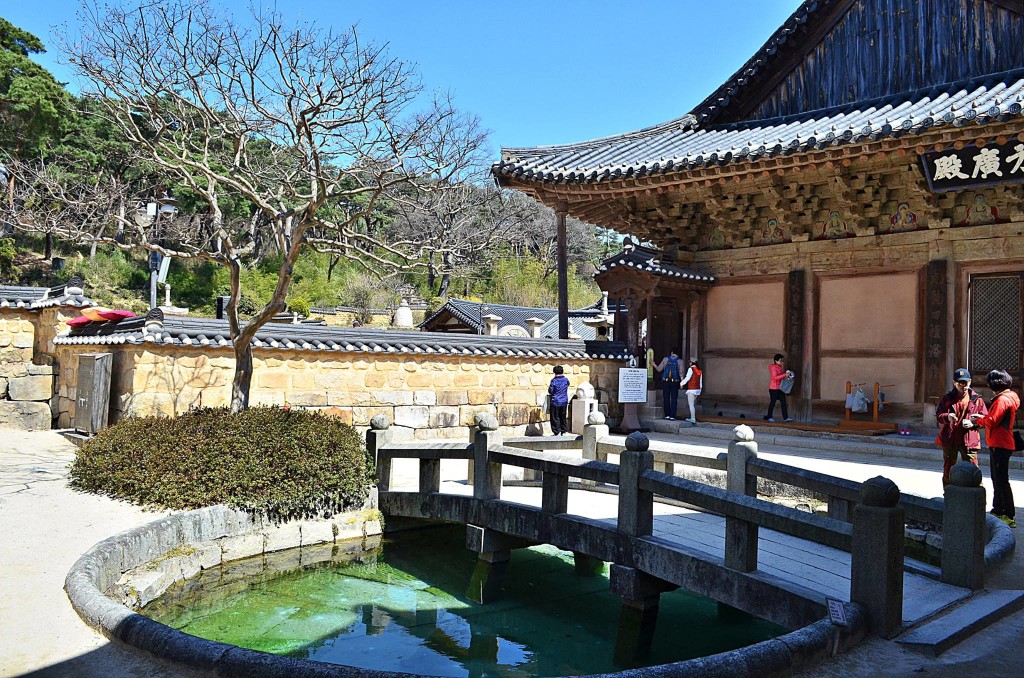
You’ve just written and published your second book, can you tell me what it’s about and why readers would be interested in purchasing it?
This book, Korean Temples: Art, Architecture, and History, is about the twenty-five most prominent temples throughout Korea. In fact, all nine Korean provinces are represented in the book. The focus of the book deals with the art, architecture, and history of each of these major temples like Tongdosa Temple, Bulguksa Temple, and Haeinsa Temple. I think this book helps explain the intricacies of Korean Buddhism that might not be all that well known to the expat community in Korea. And by focusing on the twenty-five most prominent temples in Korea, my book introduces ideas and places that are yet to be known.
Do your first and second books go together like a set, should readers purchase both together?
While not necessarily part of a set, I think Korean Temples: Art, Architecture, and History is a continuation of my first, Korean Temples: From Korea’s Southeast Corner. What I mean by that is that I’m introducing material, in English, that has never been published before. By doing this, I hope to introduce Korean Buddhism to a greater audience.
Did you do all of the writing and photography for your book? Was there anyone that helped you with this endeavor?
Like all endeavours, you never truly do a project alone. While I did take all the pictures and wrote the entire book on my own, I have had several contributors that have helped me through the process either by joining me on my temple trips, editing earlier drafts, or helping me with unknown iconography. While I was the primary on all the material within the two covers, I have an amazing support system in place.
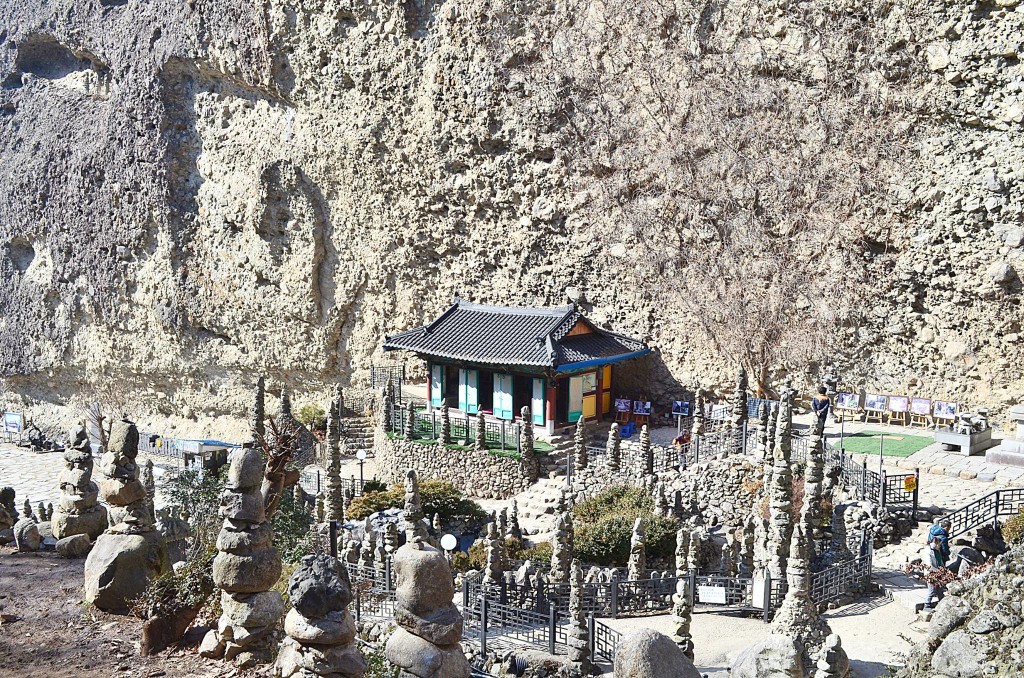
Where can your book be purchased?
For now, people can either pick up Korean Temples: Art, Architecture, and History through Amazon.com in either paperback or e-book form. Another option is to get a signed paperback copy by emailing me personally through my site: Koreantemples.com In the future, I hope that my book will be picked up like the first through expanded distribution like at What the Book?
Is there anything you’d like to add about your site, book or anything else?
I guess what I would like to say is that if people are interested in Korean art, history, or religion, (even in the slightest); a good start would be to pick up Korean Temples: Art, Architecture, and History. Even if you’re not really interested in any of these three, but enjoy travelling around the Korean peninsula and don’t know all that much about Korean Buddhism, which plays such a central role in Korean tourism, I think my book would be a great introduction to help support your adventures.
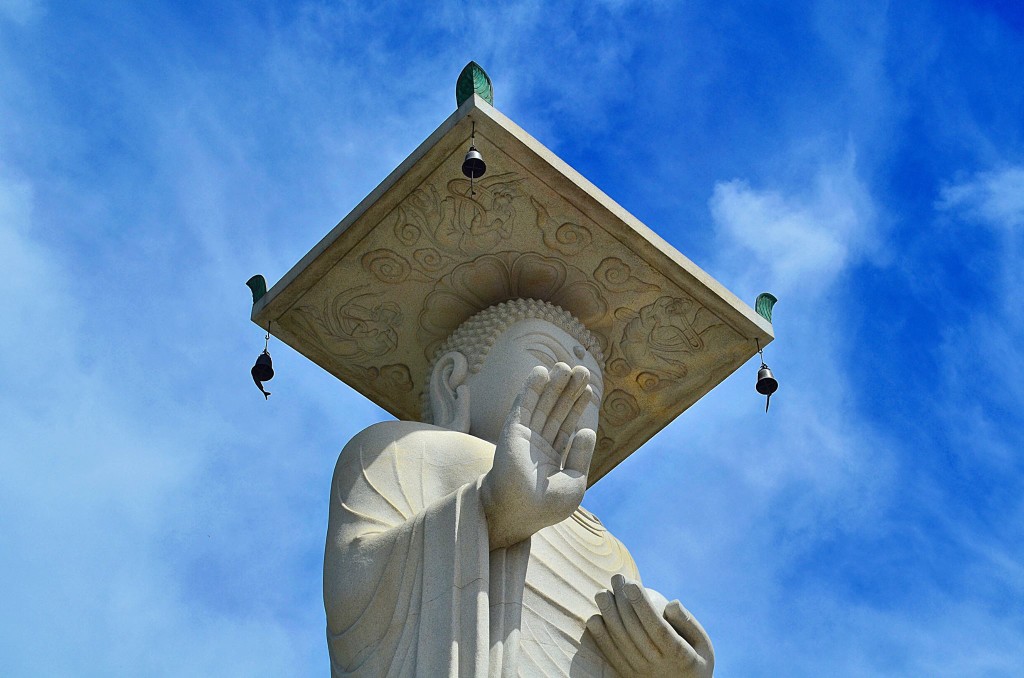
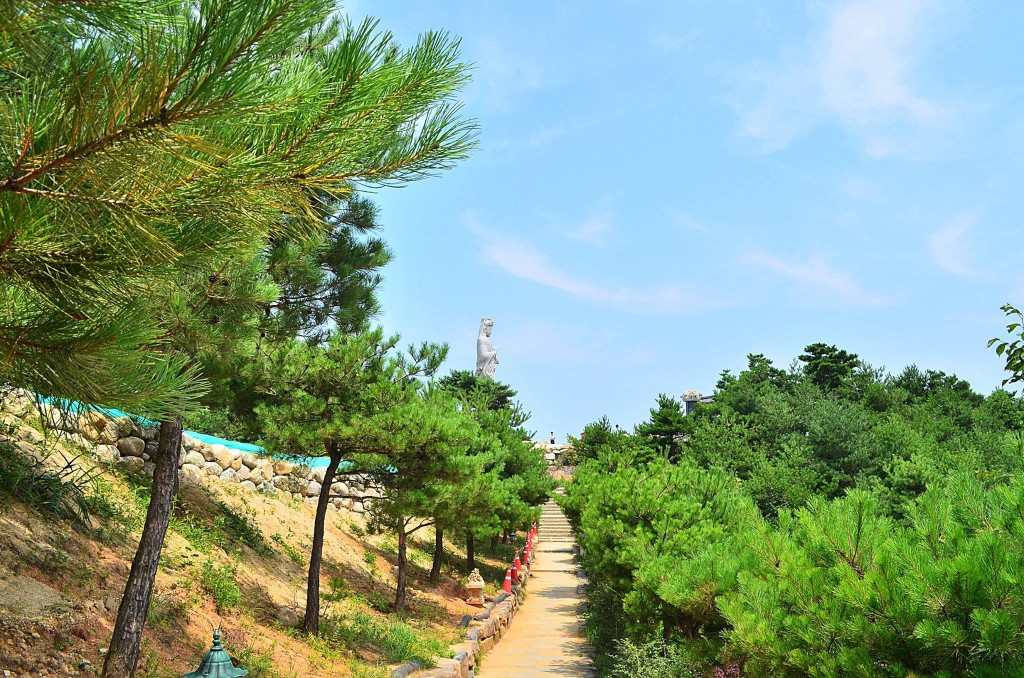
Get in Touch
Facebook: Dale’s Korean Temple Adventures Blog
Email for people to order a signed copy: [email protected]
Did you like this post? Pin iT!
